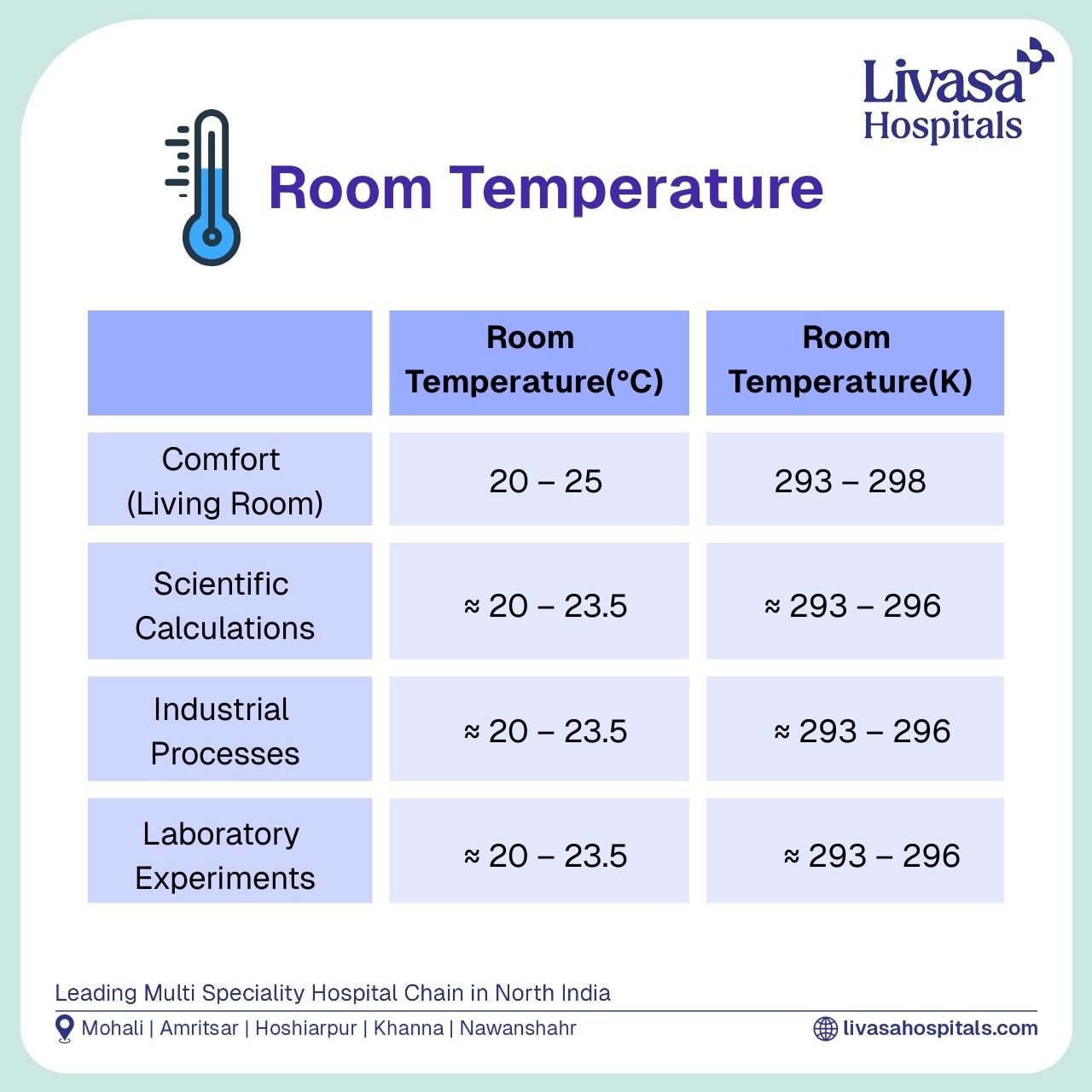17 Nov 2025
Cognitive Rehabilitation & Brain Training Programs Amritsar


Dr. Manvir Singh
04 Feb 2025
Call +91 80788 80788 to request an appointment.
Normal body temperature is a key measure of overall health, reflecting the balance between the heat your body produces and loses. For centuries, body temperature has been an essential diagnostic tool to gauge well-being and detect illness. However, the idea of a single "normal body temperature" is more complex than the traditional 98.6°F (37°C) figure suggests. Factors such as age, activity, time of day, and measurement methods all influence what is considered normal.
The widely accepted normal body temperature, first established by German physician Carl Wunderlich in the 19th century, is 98.6°F (37°C). But recent studies reveal that healthy body temperatures vary among individuals and across different contexts.
Today, normal body temperature typically ranges between 97°F (36.1°C) and 99°F (37.2°C). Minor fluctuations outside this range can still be normal depending on individual conditions and environments.
Age:
Infants and young children usually have slightly higher body temperatures due to faster metabolisms and developing temperature regulation systems.
Older adults tend to have lower average body temperatures, increasing vulnerability to hypothermia.
Time of Day:
Body temperature naturally changes throughout the day, being lowest in the early morning and peaking in the late afternoon or evening, following the body’s circadian rhythm.
Activity Level:
Physical exertion raises body temperature temporarily as muscles generate extra heat.
Hormonal Changes:
Hormones during ovulation, menstruation, or pregnancy can cause mild increases in body temperature.
Measurement Method:
Temperature readings can differ by method:
Rectal measurements usually register higher temperatures.
Oral, ear (tympanic), forehead (temporal), and underarm (axillary) readings vary, with underarm often showing lower values.

Fever (Hyperthermia):
A body temperature above 100.4°F (38°C) often indicates fever, usually due to infection, inflammation, heatstroke, medication side effects, or autoimmune diseases.
Low Body Temperature (Hypothermia):
Temperatures below 95°F (35°C) are medically critical, often caused by prolonged cold exposure or certain health conditions.
Use a reliable thermometer suited for the type of measurement.
Follow the device’s instructions carefully.
Avoid checking immediately after eating, drinking, or exercising, as these can affect results.
Dress appropriately for the climate.
Stay hydrated to support temperature regulation.
Avoid long exposure to extreme heat or cold.
Consult a healthcare provider if you notice unusual or persistent temperature changes.
Understanding your normal body temperature is essential for recognizing health changes early. While slight variations are typical, significant deviations should prompt medical evaluation to rule out underlying issues. Always seek professional advice for concerns about your body temperature or overall health.
Neurotropic Virus Infections: West Nile, Zika, Japanese Encephalitis Amritsar
+91 80788 80788
Livasa Healthcare Group Corporate Office,Phase-8, Industrial Area, Sector 73, Sahibzada Ajit Singh Nagar, Punjab 160071
livasacare@livasahospitals.in
| Mohali | +91-99888 23456 |
| Amritsar | +91-99887 49494 |
| Hoshiarpur | +91-99883 35353 |
| Nawanshahr | +91-75081 82337 |
| Khanna | +91-98888 05394 |